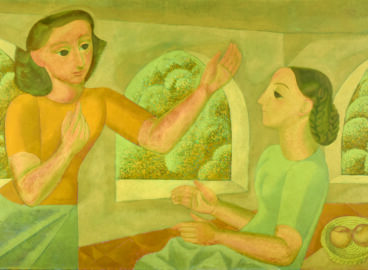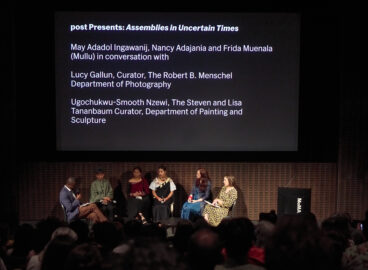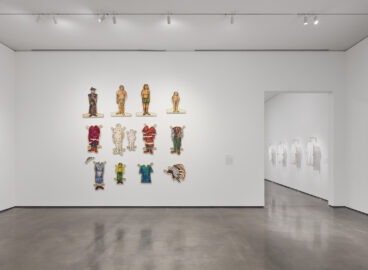In this 5 Questions interview, artist, writer, and educator Lucas Ospina thoughtfully approaches the promotion of Latin American art much like, he says, any good translator who knows that certain information cannot be translated accurately. Ospina recommends looking deeper at the connections between artists instead of seeing movements as broad systems. He specifically notes the relevance of the practice of drawing in Colombian art history, which is represented in the phrase “Colombia, country of draftsmen”, while signaling the need for a more thorough and detailed analysis of the works themselves.
5 Questions with Lucas Ospina
October 24, 2017


